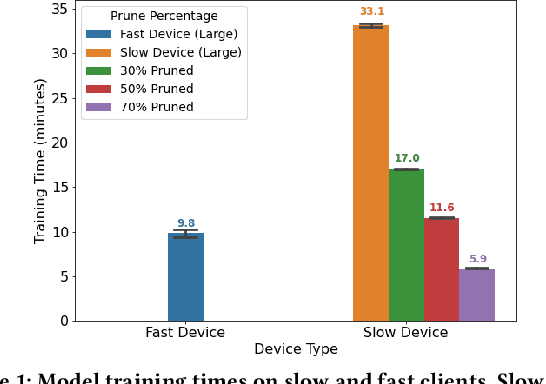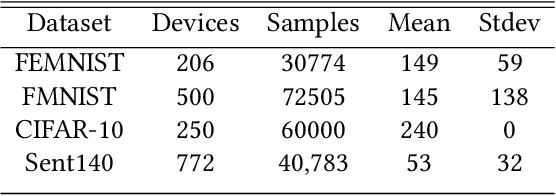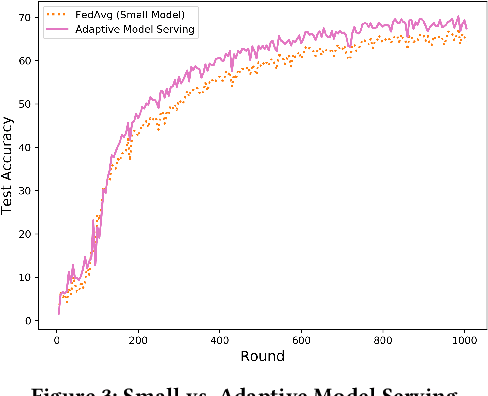Zafar Ayyub Qazi
TweakLLM: A Routing Architecture for Dynamic Tailoring of Cached Responses
Jul 31, 2025Abstract:Large Language Models (LLMs) process millions of queries daily, making efficient response caching a compelling optimization for reducing cost and latency. However, preserving relevance to user queries using this approach proves difficult due to the personalized nature of chatbot interactions and the limited accuracy of semantic similarity search. To address this, we present TweakLLM, a novel routing architecture that employs a lightweight LLM to dynamically adapt cached responses to incoming prompts. Through comprehensive evaluation, including user studies with side-by-side comparisons, satisfaction voting, as well as multi-agent LLM debates, we demonstrate that TweakLLM maintains response quality comparable to frontier models while significantly improving cache effectiveness. Our results across real-world datasets highlight TweakLLM as a scalable, resource-efficient caching solution for high-volume LLM deployments without compromising user experience.
Rethinking Image Compression on the Web with Generative AI
Jul 05, 2024



Abstract:The rapid growth of the Internet, driven by social media, web browsing, and video streaming, has made images central to the Web experience, resulting in significant data transfer and increased webpage sizes. Traditional image compression methods, while reducing bandwidth, often degrade image quality. This paper explores a novel approach using generative AI to reconstruct images at the edge or client-side. We develop a framework that leverages text prompts and provides additional conditioning inputs like Canny edges and color palettes to a text-to-image model, achieving up to 99.8% bandwidth savings in the best cases and 92.6% on average, while maintaining high perceptual similarity. Empirical analysis and a user study show that our method preserves image meaning and structure more effectively than traditional compression methods, offering a promising solution for reducing bandwidth usage and improving Internet affordability with minimal degradation in image quality.
FedPrune: Towards Inclusive Federated Learning
Oct 27, 2021



Abstract:Federated learning (FL) is a distributed learning technique that trains a shared model over distributed data in a privacy-preserving manner. Unfortunately, FL's performance degrades when there is (i) variability in client characteristics in terms of computational and memory resources (system heterogeneity) and (ii) non-IID data distribution across clients (statistical heterogeneity). For example, slow clients get dropped in FL schemes, such as Federated Averaging (FedAvg), which not only limits overall learning but also biases results towards fast clients. We propose FedPrune; a system that tackles this challenge by pruning the global model for slow clients based on their device characteristics. By doing so, slow clients can train a small model quickly and participate in FL which increases test accuracy as well as fairness. By using insights from Central Limit Theorem, FedPrune incorporates a new aggregation technique that achieves robust performance over non-IID data. Experimental evaluation shows that Fed- Prune provides robust convergence and better fairness compared to Federated Averaging.
 Add to Chrome
Add to Chrome Add to Firefox
Add to Firefox Add to Edge
Add to Edge